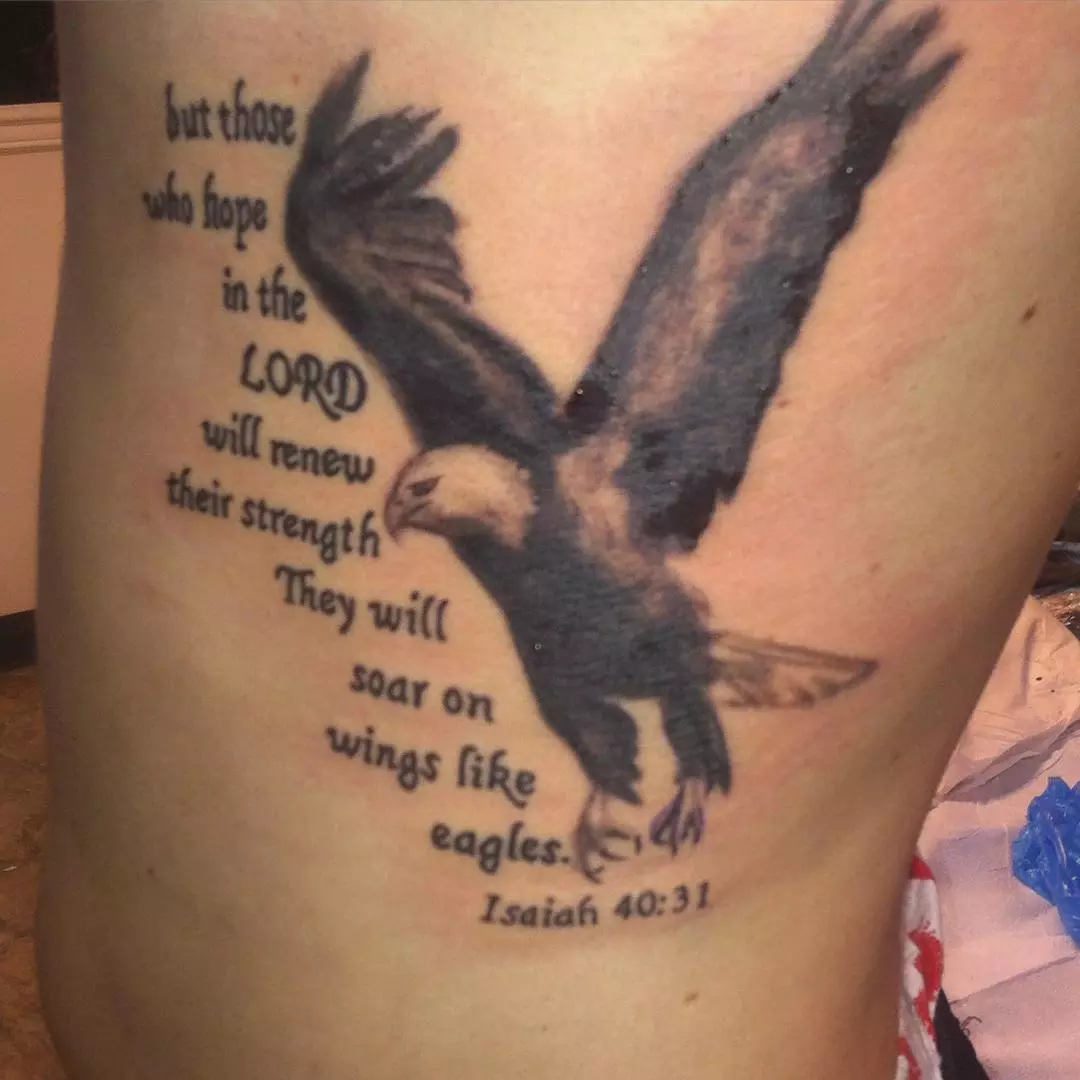

It’s not solely about art or aesthetics but instead is about remembering key quotes that reveal more about their life experiences. Quote Tattoos are the usual choice, as they are simple and do not include highly artistic designs.
BEST BIBLE VERSE TATTOOS FULL
Scripture tattoos for men can be full of essential significance and therapeutic properties that serve to heal past wounds. They usually rather go for meaningful ones, which may represent something important in their lives. When it comes to tattoos, men rarely choose them based on fashion trends. Popular Designs of Scripture Tattoos for Men Scripture tattoos on men attract questions about faith but it allows storytelling of His love. It may be an amazing way to impress the Word of God and give glory to Him. Others may also interpret it positively, because permanently inking scriptures on your body provides a great way to share your faith with others. What is the meaning of your tattoo? Does it symbolize a religious truth? Would God be honored by this tattoo? Does this tattoo symbolize something which is relevant to your relationship with Christ? Or would this tattoo benefit or hinder your relationship with Christ? While the scriptures themselves do not ban tattoos directly, it does pose several questions: Leviticus 19:28 – “Ye shall not make any cuttings in your flesh for the dead, nor print any marks upon you: I am the LORD.”ġ Corinthians 6:19-20 – “Do you not know that your body is a temple of the Holy Spirit, who is in you, whom you have received from God? You are not your own you were bought at a price. Differing opinions on whether a tattoo is sinful or not has been linked to ironically, several scriptures such as: Scripture tattoos, in particular, gained much debate as an issue in the Christian community. What better way to serve as an inspiration for others by proudly showing words you live by, motivate you, teach you and make you a better person. Men in general associate tattoos with strength, brute and masculinity. It is now quite impossible to watch sports and not see shirtless athletes with a fully tattooed upper torso. Prominent figures in both the acting and sporting worlds have displayed their bodies covered in ink, from the neck down. It’s become a big part of pop culture that getting a tattoo has become trendy – getting tattoos with friends celebrating a life moment, or commemorating a significant event. They became a great form of ornamentation. In the same way, tattoos today do not link the wearer to cultic practices and is no longer just generally used for ancient religious purposes. Nowadays, people modify their appearance for beauty and scripture tattoos for men have become increasingly popular. Self-expression, personal decoration and creative branding are just some of the new words you can associate it with. Isaiah 44:5 describes the children of Jacob committing themselves to God: “One shall say, ‘I am the LORD’s’… Another shall mark his arm ‘of the LORD.’” Here a tattoo appears to be allowable as a sign of submission, not to a human master but to God.But the tattoo of today has evolved into something much different from what it was before. Huehnergard and Liebowitz suggest that, given the key role of the escape from Egyptian bondage in ancient Jewish law, the Torah originally banned tattooing because it was “the symbol of servitude.” Interestingly, though, they write that there’s one other apparent reference to tattooing in the Hebrew Bible. But devotees might also be branded with the name of the god they worshiped.

Egyptian captives were branded with the name of a god, marking them as belongings of the priests or pharaoh. What tattoos were apparently often used for in ancient Mesopotamia was marking enslaved people (and, in Egypt, as decorations for women of all social classes). They also note that there are other examples in Leviticus and Exodus where two halves of a verse address different issues.
BEST BIBLE VERSE TATTOOS SKIN
And yet, looking at what’s known about death rituals in ancient Mesopotamia, Syria, Israel, and Egypt, they find no references to marking the skin as a sign of mourning. Huehnergard and Liebowitz note that the appearance of the ban on incisions-or tattoos-comes right after words clearly related to mourning, perhaps confirming the original theory.


 0 kommentar(er)
0 kommentar(er)
